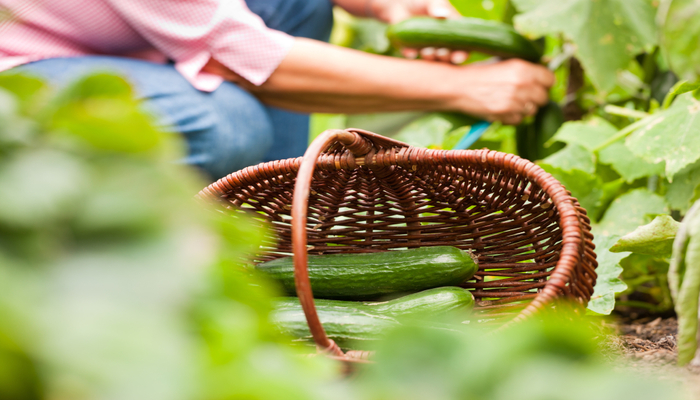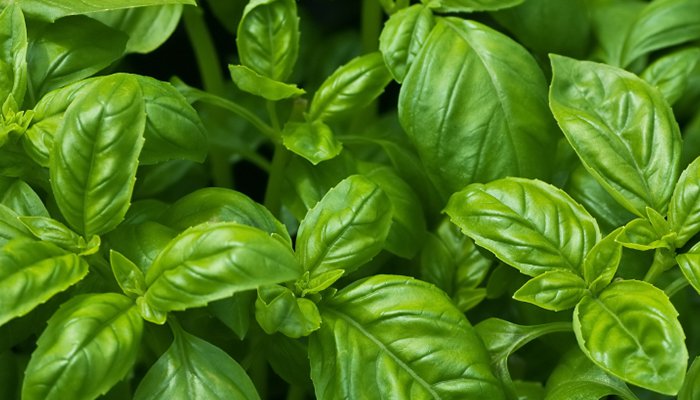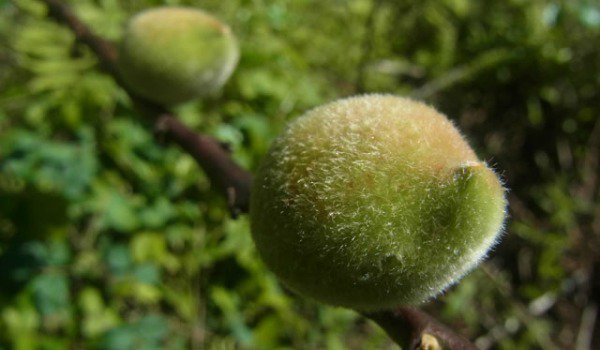
Hedges add a nice touch to a yard or garden by providing interesting walls of green and privacy from nosy neighbors and random passers-by. There are two types of hedges: formal and informal. Formal hedges are pruned to a definite shape and size several times during a growing season, while informal hedges are often planted in a row to provide privacy. Informal hedges are often allowed to grow naturally and might only require an annual pruning to remove old wood or maintain a desired height and width. [photo via pixabay]
When to Prune Hedges for the Last Time
Formal hedges require more pruning throughout the growing season to keep them the desired size and shape. The most important thing to remember when starting a formal hedge is to prune it correctly at the end of the growing season for the first two to three years to achieve a full, bushy hedge at maturity. Mid-September is the best time to prune new hedges back to about six to ten inches above the ground to promote new shoots near the ground that will develop into a thick, bushy shrub.
Older hedges should be pruned about one-third from the top. This will encourage the shrub to produce many twiggy stems in the spring.
Keep in mind that hedges can be pruned almost anytime. Slower growing hedges can be sheared once their growing season is over in early to mid-June. Faster growing hedges may require a few trimmings, usually in early June, mid to late July, and a last pruning in early to mid September.
How to Prune Hedges Correctly
Whether formal or informal, correct pruning will ensure a vigorous, healthy hedge for years to come. The correct shape for any hedge is a pyramid or inverted “v”. For example, good proportions for a hedge five feet tall would be 2-1/2 feet at the base and about one foot at the top.
The top of the hedge should be rounded or pointed to allow sunlight to reach the lower branches. If the top is allowed to become wider than the bottom, the lower branches will not receive enough sunlight and will become weak and thin. Taller hedges require more upkeep to maintain a proportionate shape and size.
To keep hedges healthy, an annual thinning is required. Removing a third to a fourth of the older branches with hand pruners or a pruning saw keeps hedges vigorous and promotes new, bushier shoots at the ground level. Shear old branches back to the parent stem at ground level or to a side branch in early spring before new growth starts.
Hedges are a great way to add interest and privacy to a yard or garden. Although they do require some upkeep, with proper pruning and maintenance, they will thrive for years.











